When it comes to operating a trailer dump, efficiency and functionality are paramount. Both seasoned veterans and newcomers to the world of trailer dumps often seek to enhance their skills and understanding. In this extensive guide, we provide the insights, strategies, and practical tips necessary to transform your trailer dump experience. Let’s delve into the complexities of optimizing your trailer dump operations.
Understanding the Mechanism of Trailer Dumps
What Is a Trailer Dump?
A trailer dump refers to a specialized trailer designed to unload materials in a straightforward manner. These trailers utilize hydraulic mechanisms to raise the bed of the trailer, facilitating the removal of cargo. They are commonly used in construction, landscaping, agriculture, and various industrial applications.
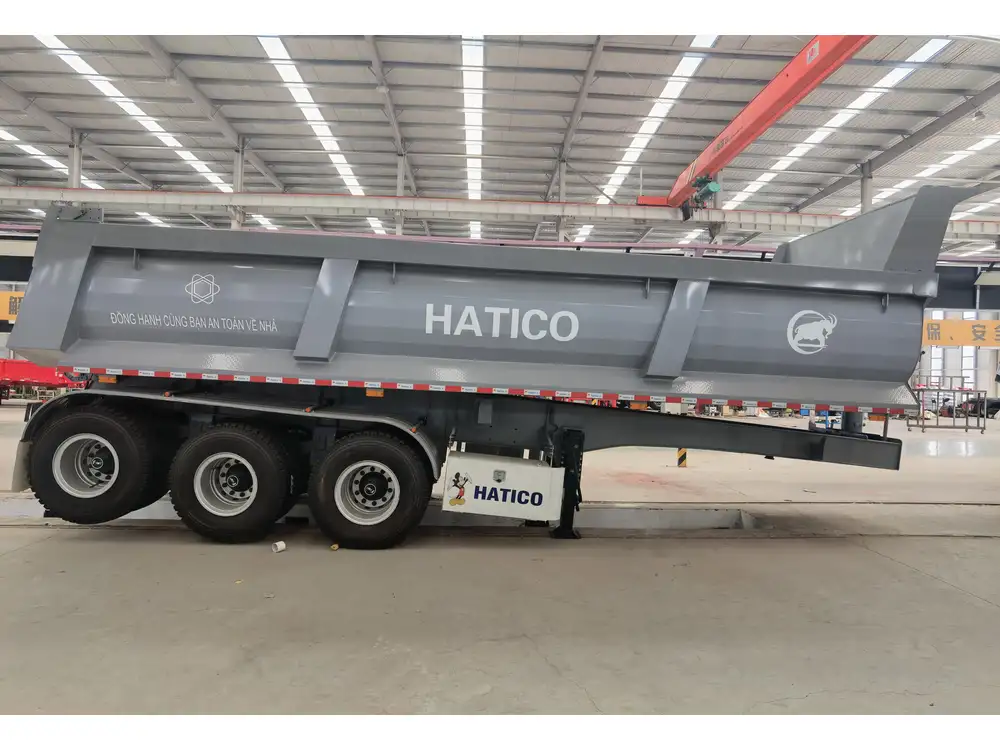
Key Components of a Trailer Dump
To fully grasp how to make your trailer dump operate effectively, it’s essential to understand its anatomy. Here are the critical components:
| Component | Function |
|---|---|
| Hydraulic System | Powers the lift mechanism to elevate the trailer bed. |
| Chassis | Provides structural integrity and support for the load. |
| Axle | Supports the weight and allows for mobility. |
| Tires | Ensures smooth transport on various terrains. |
| Gate | Controls the release of materials during dumping. |
Maintenance Practices to Enhance Reliability
Regular Inspection
Frequent inspections are vital for preventing mechanical failures. It is advisable to check the hydraulic fluid levels, brake efficiency, and tire pressure routinely. An inspection checklist may include:
- Hydraulic Lines: Look for wear or leaks.
- Electrical Connections: Ensure there are no frayed wires.
- Brakes: Test for responsiveness.
- Tires: Inspect tread depth and for any signs of damage.

Fluid Management
The hydraulic fluid is the lifeblood of your trailer dump. Maintaining the appropriate levels and quality of the fluid is essential. Here’s how to manage hydraulic fluid effectively:
- Type of Fluid: Use only the hydraulic fluid recommended by the manufacturer.
- Check Levels Regularly: Aim to monitor fluid levels before each use.
- Flush and Replace Fluid: Annually or bi-annually, depending on usage intensity.
Operational Techniques for Optimal Dumping
Preparing the Trailer for Loading
Loading the trailer dump correctly is crucial for balanced weight distribution. Follow these loading techniques:
- Center the Load: Distribute materials evenly across the width of the trailer.
- Avoid Overloading: Always adhere to the manufacturer’s weight limits to prevent strain on the hydraulic system and chassis.
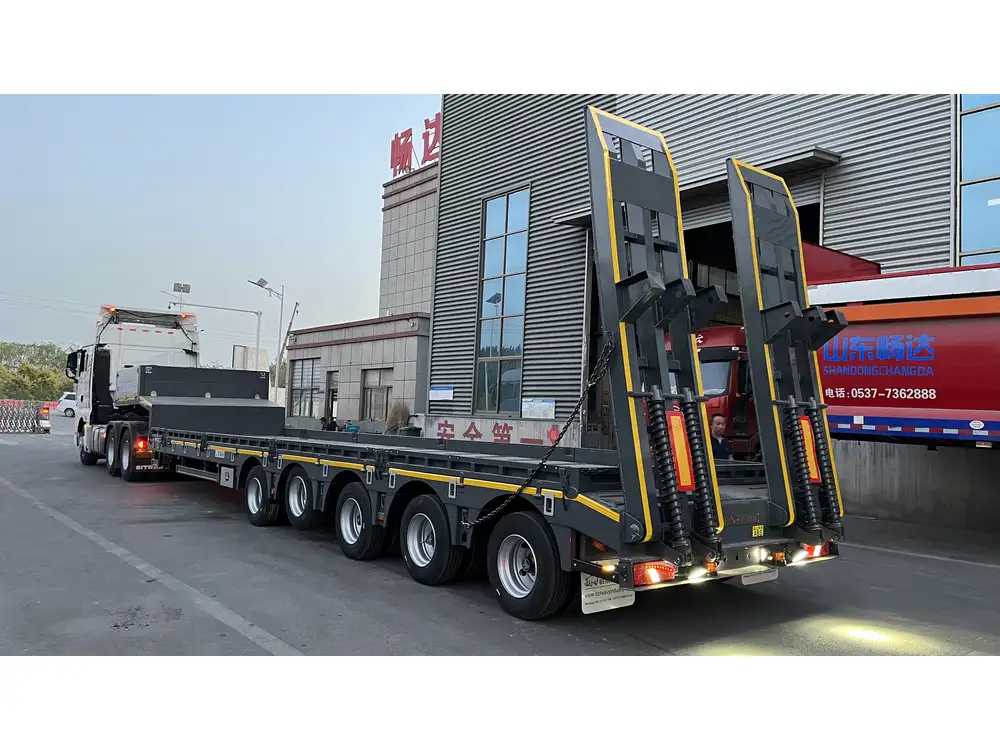
Optimal Dumping Procedures
Once loaded, it’s time to utilize your trailer dump’s capabilities. Here’s a sequence of steps to ensure successful dumping:
- Positioning the Trailer: Park on a stable, level surface to minimize risk during the dumping process.
- Engaging the Hydraulic System:
- Activate the pump to raise the trailer bed gently.
- Ensure you are at a safe distance while the bed raises.
- Timing the Dump: Pay attention to the gravity pull and ensure the gate is opened gradually to control the flow of materials.
Safety Precautions
Safety should be your top priority whenever operating a trailer dump. Here are some critical safety protocols:
- Wear Protective Gear: Helmets, gloves, and steel-toed boots can protect you from injuries.
- Know Your Surroundings: Avoid working near overhead wires or inclines.
- Emergency Procedures: Familiarize yourself with shutting down the hydraulic system in case of failure.
Troubleshooting Common Issues
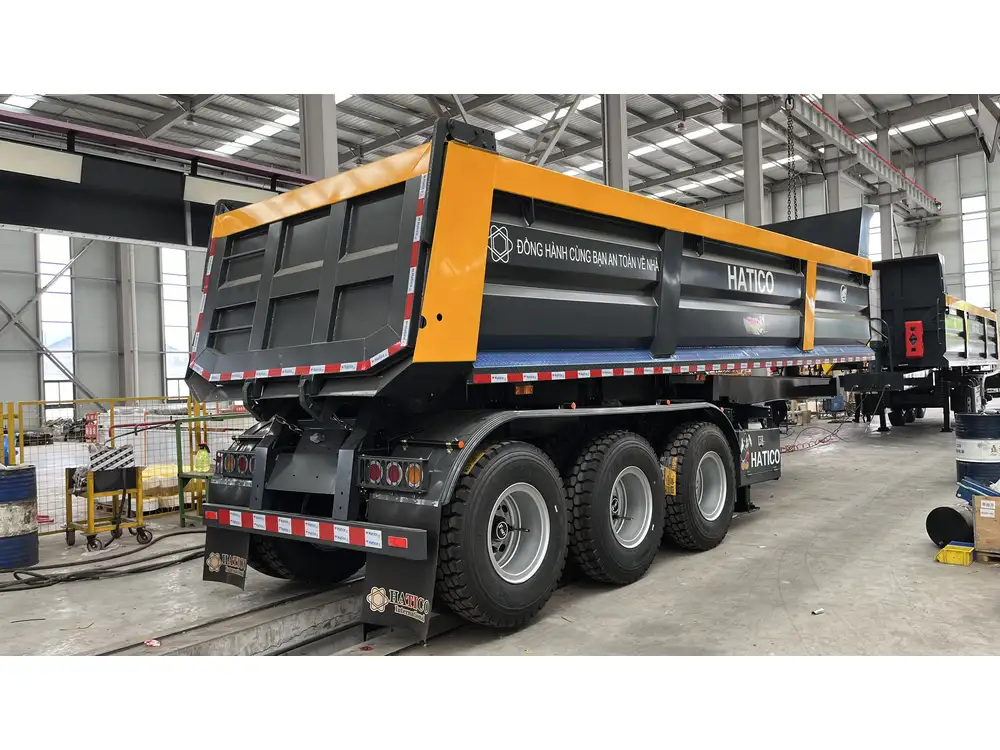
Hydraulic System Failure
A malfunctioning hydraulic system can lead to operational delays. To troubleshoot, consider the following:
- Check for Leaks: Inspect hoses and connections closely.
- Hydraulic Pump Failure: If the pump isn’t functioning, it may need replacement.
- Faulty Switches: Test the operation switch for any signs of wear.
Uneven Dumping
If your trailer dump doesn’t unload evenly, examine these aspects:
- Load Distribution: Ensure each load is balanced.
- Trailer Leveling: Confirm that the trailer is parked on a flat surface.
Advanced Tips for Enhanced Performance
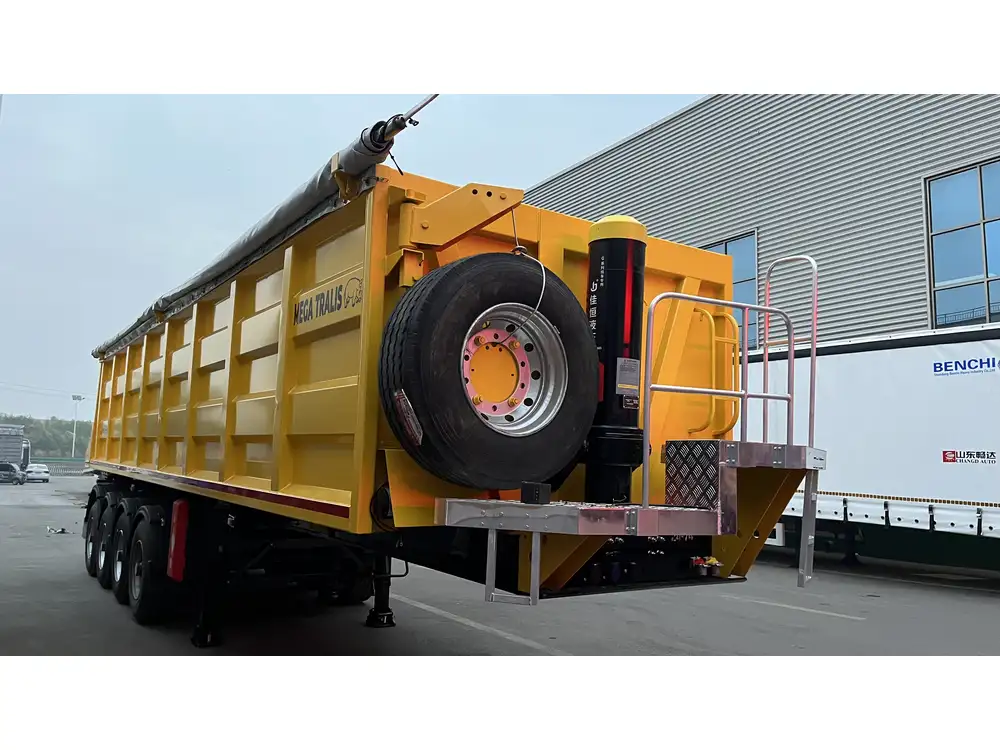
Custom Modifications
For operators looking to elevate the functionality of their trailer dumps further, consider customizing features tailored to specific needs. Examples include adding:
- Extended Bed Lengths: For larger loads, a longer bed can significantly enhance capacity.
- Increased Hydraulic Pressure: Upgrading hydraulic systems can improve lifting capabilities.
Integrating Technology
Embrace technological advancements to automate and enhance operations. Options may include:
- Remote-Controlled Hydraulic Systems: Allows for operation from a distance, enhancing safety.
- Load Monitoring Systems: Integrates with existing systems to provide real-time weight monitoring.
Comparing Various Trailer Dump Options
Understanding the types of trailer dumps available in the market is key to making an informed decision. Below is a comparative analysis of several common trailer dump types:
| Type of Trailer Dump | Advantages | Disadvantages |
|---|---|---|
| Gooseneck Dumps | Better weight distribution and towing stability. | Requires a compatible hitch system. |
| Bumper Pull Dumps | Easily maneuverable and generally more affordable. | Limited weight capacity compared to gooseneck. |
| Tilt Trailers | Simplified unloading process for lighter materials. | Not suited for heavy loads. |
| Hydraulic Dumps | Powerful lifting capabilities for heavy loads. | Higher maintenance and repair costs. |

Frequently Asked Questions
What can I haul with a trailer dump?
Trailer dumps are versatile and can accommodate various materials, including dirt, gravel, mulch, and construction debris. Always check the manufacturer’s recommendations to avoid overloading.
How often should I perform maintenance on my trailer dump?
Routine maintenance checks should be performed at least once a month, with more thorough inspections conducted every six months or as usage intensity demands.
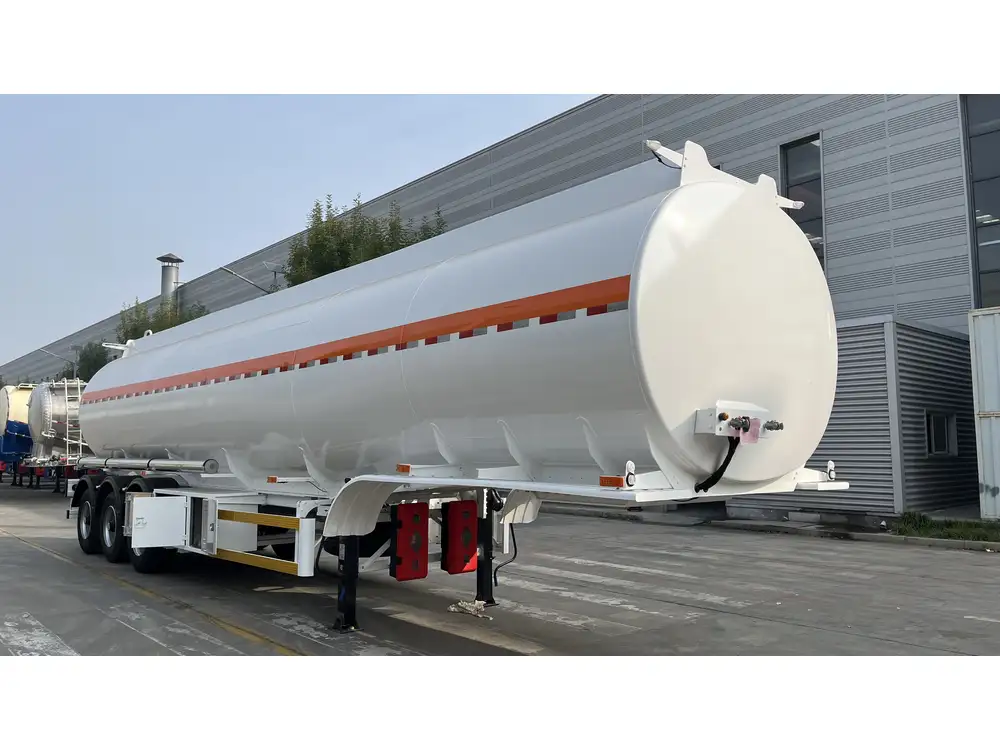
Can I modify my trailer dump for better performance?
Yes, customizing your trailer dump using aftermarket modifications or enhancements can improve its usability. Always consult with professionals to ensure compatibility and safety.
Conclusion
Mastering the operation of a trailer dump requires knowledge, attention to detail, and a proactive approach to maintenance and safety. By implementing the strategies outlined above, not only can efficiency and execution be improved, but potential issues can be mitigated effectively. An invested operator is not just a driver of machinery but a steward of a complex and vital tool that aids in construction, landscaping, and logistics. Moreover, as we adapt to modern demands, leveraging technology and tailoring trailers will yield significant advantages. Keep this guide handy as you continue perfecting your trailer dump operations. Your journey to becoming an exceptional trailer dump operator starts here!



